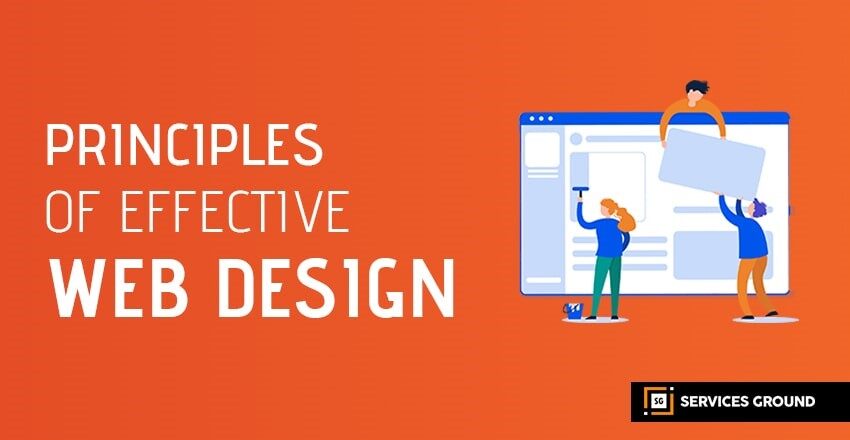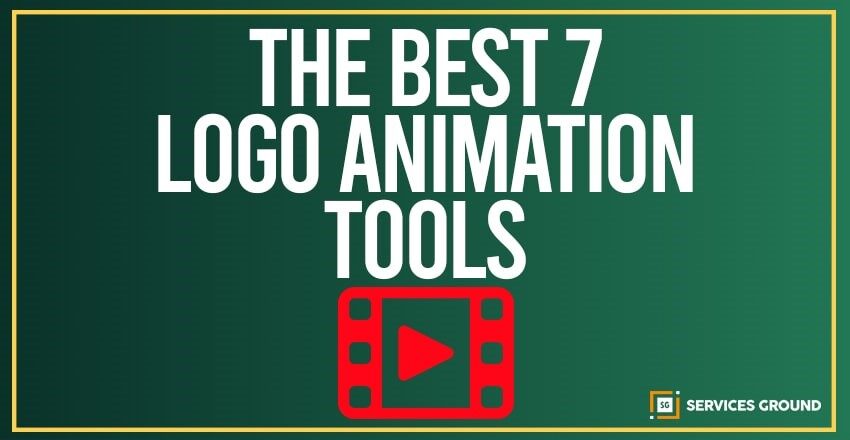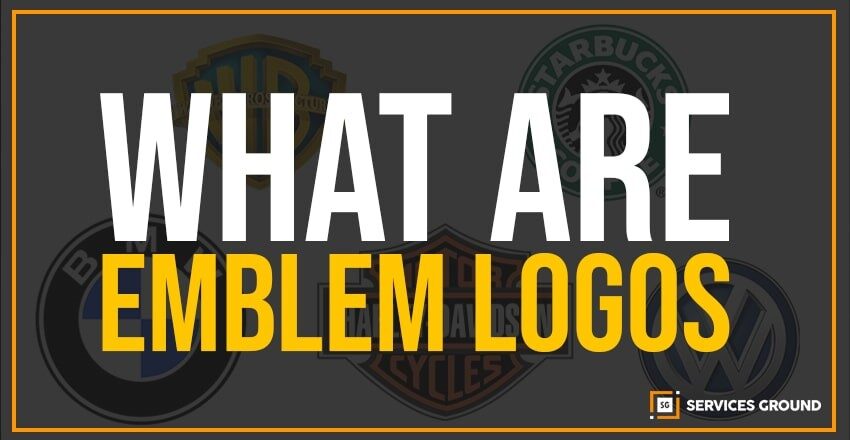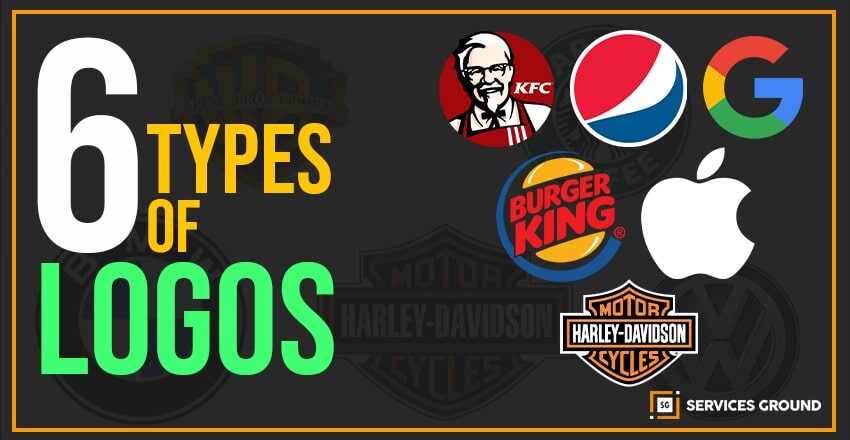Your website is basically the heart of your business. However, it’s your web homepage or other pages over which you have full control. It is the first place where your targeted audience stops to learn about your business. While creating online assets, learn about the process of like planning Web design, its appearance, layout and style, and development which brings this imagery to life as a functioning web tool.
In fundamental principles of good web development and web design, the first and main point is to understand your user’s mind. You can target the people who will use and interact with your website. In web design, you create all visual aspects of such interface inclusive of the layout, color scheme, images, logo, design elements, typography, buttons, and links, or any things else that can be seen by users. It’s very important you should make your website engaging and effective.
There are many key factors that affect the usability of a website and it is not just about how it looks, but also the functions of how easy to use them. Websites that are not well designed lean towards poor performance and have sub-optimal Google Analytics metrics like high bounce rates, low time on site, low pages per visit, and low conversions or etc.
So if you want to make good web design, here below we mentioned web design principles that will make your website aesthetically pleasing, easy to use, engaging, and effective.
1. Purpose
Good web design always takes care of the needs of the user. When a web visitor is looking for information, entertainment, some type of interaction, or transact with your business, each page of your website needs to have a clear purpose to fulfill the specific needs of users. The point is that you have to show the proper purpose of your business on your website.
2. Communication
The people while scrolling the web, want information quickly, so it is important to clarify the provided information that it is easy to read and digest. This information will become the source of communication between you and the user. There are effective tactics to include in your web design like organizing information by using headlines and sub headlines, using bullet points instead of long windy sentences, and cutting the waffle.
3. Typefaces
Generally, Sans Serif fonts are easier to read online because the Sans Serif fonts are contemporary looking fonts without decorative finishes. You can use Arial and Verdana as they look good on websites to read something. The ideal font size for reading easily is 16px and stick to a maximum of 3 typefaces in a maximum of 3 point sizes to keep your design streamlined.
4. Colors
A well thought out color palette can bring good impressions to the user experience. As the complementary colors create balance and harmony, vibrant colors create emotion. If you use contrasting colors for the text and background will make reading easier on the eye. White space/negative space is very effective to look at your website as modern and uncluttered. You can check colors palette suggestions by clicking here.
5. Images
A picture can speak a thousand words, and choosing the right images for your website can help your brand positioning and connection with your targeted audience. If you don’t have high-quality professional photos on hand then don’t worry about it you can take stock photos to lift the look of your website from pexels or Unsplash.
6. White Space:
The spacing on the page allows users to travel easily between chunks of information. This can be done by using white space. This space should not necessarily white, but instead is merely empty. It is actually the space between elements on a page. This is especially good for landing pages, where a very specific message is delivered. Make your pages as simple as possible and easy to understand.
7. Navigation
Navigation is about how easy it is for people to take action on your website. Some tactics for effective navigation include a logical page hierarchy, bread crumbs, clickable buttons, and following the ‘three click rule’ which means users will be able to find the information they are looking for within three clicks. This portion can help users to find the way and sources easily.
8. Grid-Based Layouts
If you place content randomly on your web page, it will give a haphazard appearance that is messy. The grid-based layouts with arranged content into sections, columns, and boxes that line up and feel balanced, which leads to pretty good looking website design.
9. Pattern “F”
Researchers have identified that people scan computer screens in an “F” pattern. Most people see first on the top and left of the screen and the right side of the screen is rarely seen. So, one should design websites that adjust with a reader’s natural behavior and display information in order of importance as left to right, and top to bottom.
10. Load time
Now a days, everybody hates a website that takes lots of time to load. To make page load times more effective you should optimize image sizes, combining code into a central CSS or JavaScript file as this reduces HTTP requests and minify HTML, CSS, JavaScript which compressed to speed up their load time.
11. Mobile friendly
It is common now that people access websites from multiple devices with multiple screen sizes, so it is important to consider if your website is mobile-friendly. If your website is not mobile-friendly, then you should rebuild it in a responsive layout as it would adjust to different screen widths or you can also build a dedicated mobile site like a separate website optimized specifically for mobile users.
Now you can easily create a beautiful and functional website, simply by keeping these design principles in mind. These principles of effective web design can surely help your website to be more engaging, useful, and memorable for visitors.
Thanks For Reading.
If you liked this article and want to read more of these, please subscribe to our newsletter and follow us on Facebook, Youtube, Linkedin, and Twitter.













